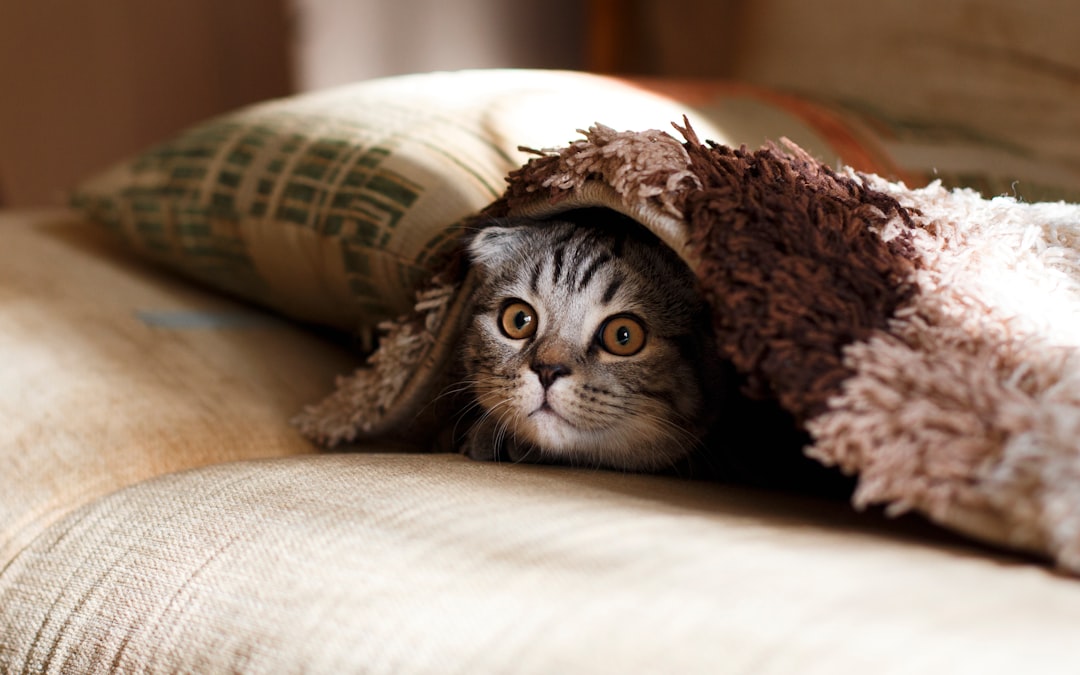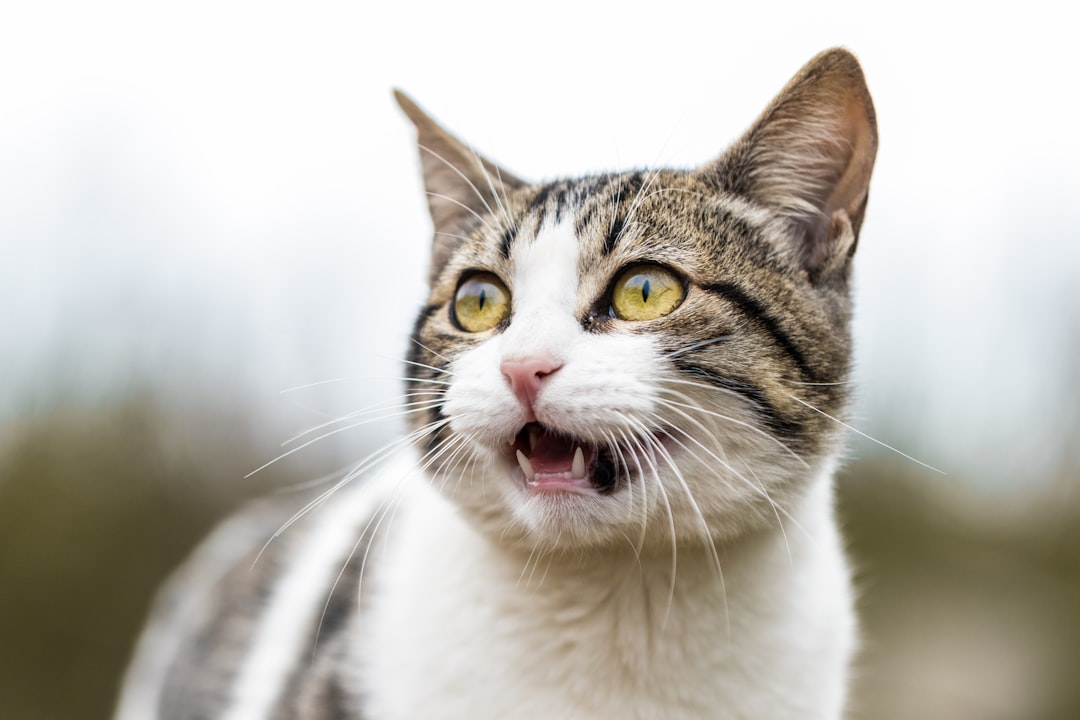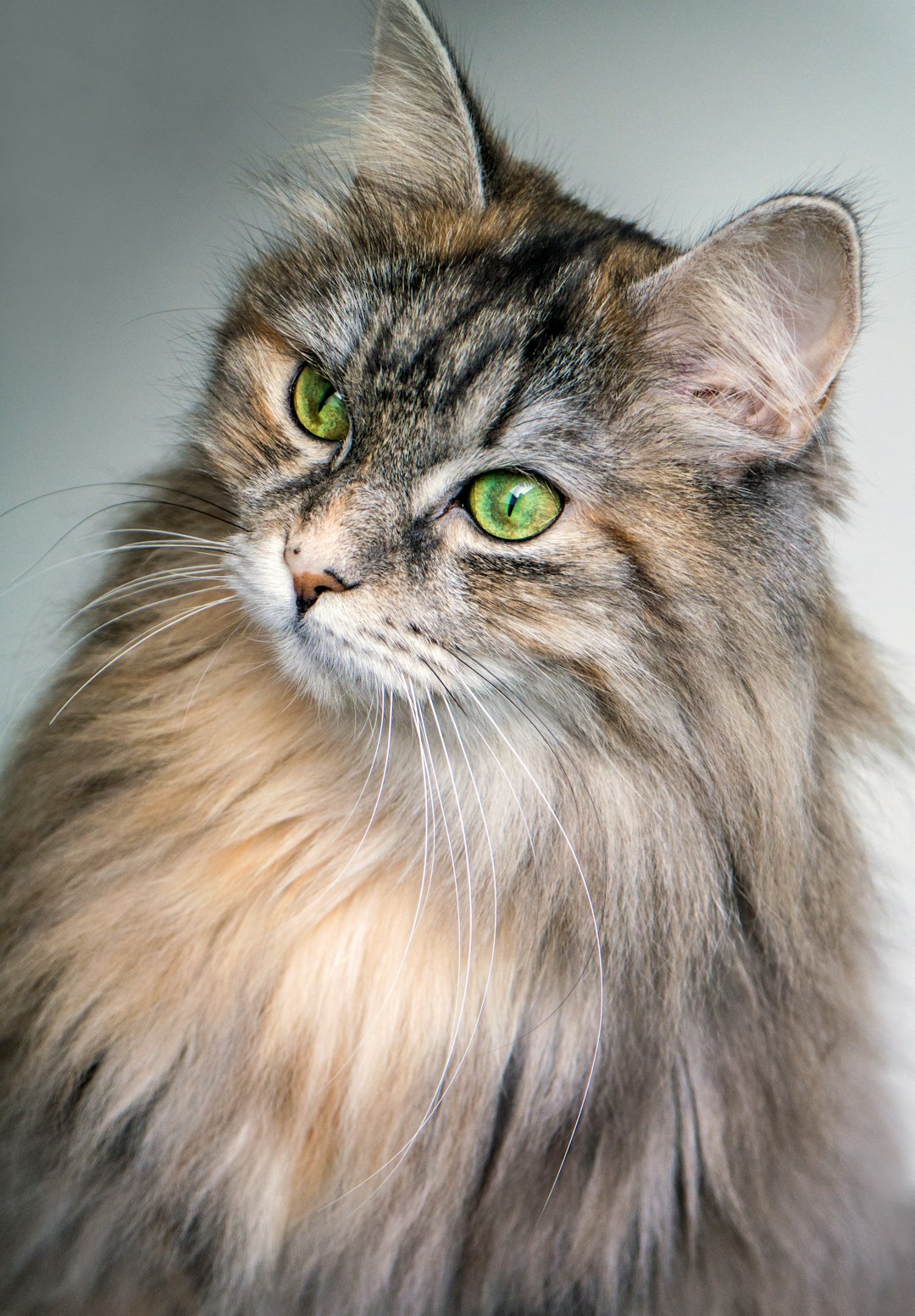Silvervine offers an exciting alternative to traditional catnip for your feline friends. This intriguing herb captivates cats with its unique scent and active compounds, providing a stimulating experience that many cats adore. As pet owners seek diverse ways to enrich their pets’ lives, understanding silvervine’s benefits and differences from catnip can be immensely helpful. By introducing silvervine to your cat, you can enhance their playtime and overall mental stimulation, making it a worthwhile addition to their environment.
Understanding Silvervine and Its Benefits for Cats
Silvervine, scientifically known as Actinidia polygama, serves as an excellent alternative to the more commonly known catnip. This plant not only excites cats but also offers several unique benefits that enhance their play experience.
Key Benefits of Silvervine for Cats:
- Increased Activity Levels: Cats exposed to silvervine often show heightened energetic behavior, leading to playful antics that can help reduce obesity.
- Sensory Stimulation: Like catnip, silvervine stimulates a cat’s senses, but it reacts with a different set of receptors, offering a fresh experience that keeps their curiosity piqued.
- Varied Appeal: Research shows that nearly 80% of cats respond positively to silvervine, making it a broader attractant than catnip, which affects only about 50-75% of felines.
In summary, introducing silvervine to your feline friend can lead to more active play sessions and enrich their environment. Its unique properties offer cats a delightful alternative to catnip, catering to a wider range of preferences among our furry companions.
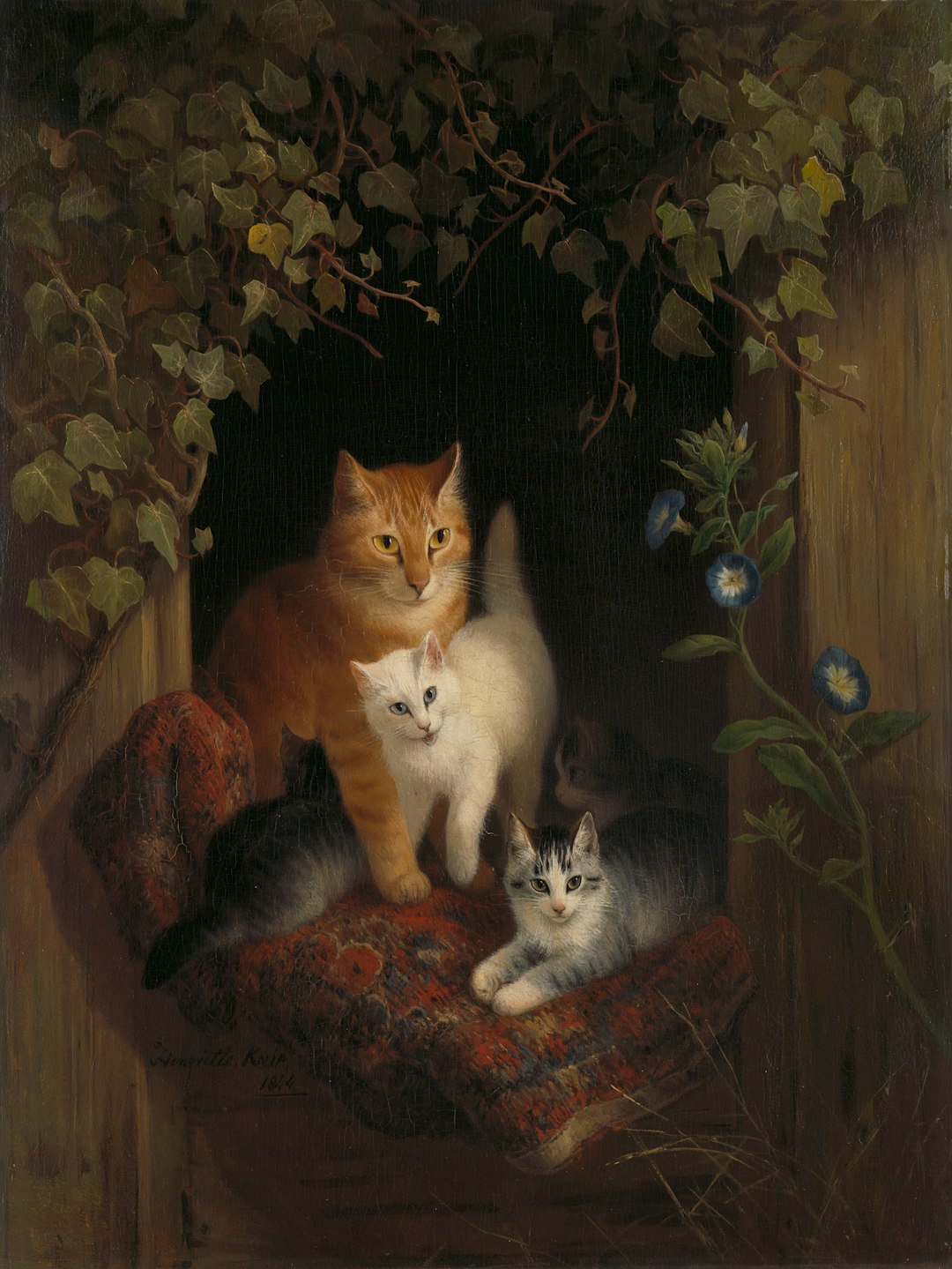
How Silvervine Differs from Catnip
Silvervine and catnip are both beloved by many cats, but they possess distinct characteristics that set them apart. Here are the key differences:
Active Compounds:
- Silvervine contains two primary compounds: actinidine and valerene, which stimulate different receptors in a cat’s brain.
- Catnip relies heavily on nepetalactone, which affects a smaller percentage of cats.
Cat Response:
- Silvervine tends to engage over 80% of cats, including those who may not respond to catnip.
- Catnip typically affects only about 50-70% of cats.
Duration of Effect:
- The effects of silvervine can last longer, often up to 30 minutes, compared to the more transient effects of catnip, which usually lasts around 10 minutes.
Form and Usage:
- Silvervine often comes in various forms, including powders, sticks, and sprays, providing versatile options for feline fun.
- Catnip predominantly appears as dried leaves or sprays.
In summary, while both silvervine and catnip are playful additions to your cat’s environment, silvervine offers a broader appeal and potentially longer-lasting enjoyment.
The Active Compounds in Silvervine
Silvervine, a captivating plant for cats, contains unique active compounds that provoke playful and euphoric responses. Understanding these compounds helps explain why silvervine can be an exciting alternative to catnip.
Main Compounds of Silvervine:
- Actinidine: This compound is primarily responsible for stimulating a cat’s playfulness. Cats often react to actinidine with joyful energy, showcasing their natural hunting instincts.
- Valerene: Known for its calming effects, valerene helps balance the energetic response, making experiences with silvervine more enjoyable.
Comparison of Active Compounds:
| Compound | Effects | Presence in Silvervine | Presence in Catnip |
|---|---|---|---|
| Actinidine | Increases playfulness | High | Low |
| Valerene | Calming effect | Moderate | Not present |
| Nepetalactone | Common in catnip, induces euphoria | Absent | High |
In summary, silvervine’s active compounds create a unique blend of excitement and calm, offering a different experience compared to catnip. By incorporating silvervine into your cat’s routine, you can enrich their playtime and promote natural behaviors!
How to Introduce Silvervine to Your Cat
Introducing silvervine to your feline friend can enhance their playtime and enrich their environment. Follow these steps to ensure a smooth introduction:
Start Slow:
- Offer a small amount of silvervine and observe your cat’s reaction. Cats can be sensitive to new stimuli, so gradual exposure is important.
Create a Calm Environment:
- Choose a quiet space where your cat feels safe. This helps reduce any anxiety associated with new experiences.
Use Different Forms:
- Silvervine comes in various forms, including:
- Powder: Sprinkle a small amount on their favorite toy.
- Sticks: Offer silvervine sticks for them to chew.
- Sprays: Use silvervine spray on scratching posts or bedding.
- Silvervine comes in various forms, including:
Monitor Reactions:
- Watch your cat’s behavior closely. Most cats will exhibit playful antics, but some may react differently. If they seem overwhelmed, give them space.
Reinforce Positivity:
- Reward their curiosity with praise and treats, encouraging positive associations with silvervine.
By following these steps, you can successfully introduce silvervine to your cat, providing them with an enjoyable and stimulating experience. Happy playing!

Safety Considerations When Using Silvervine
When introducing silvervine to your feline friend, it’s important to prioritize their safety. While silvervine is generally safe for most cats, keep the following considerations in mind:
Moderation is Key: Just like catnip, too much silvervine can overstimulate some cats. Start with small amounts and observe your cat’s reaction.
Age Awareness: Kittens younger than six months may not react to silvervine. Ensure your cat is of appropriate age before using it.
Allergies and Sensitivities: Monitor for any adverse reactions, as some cats may have sensitivities to silvervine. Symptoms could include excessive grooming or vomiting.
Supervised Play: Always supervise your cat when they engage with silvervine products. This is especially necessary with toys that could potentially be torn apart.
Freshness Matters: Use fresh or high-quality silvervine products; stale products may not only lose potency but can also harbor mold or bacteria.
By considering these aspects, you can safely enjoy the benefits of silvervine while ensuring a fun and nourishing experience for your cat.
Different Forms of Silvervine Available
When exploring silvervine for your feline friend, you’ll discover various forms that cater to different preferences and play styles. Here’s a quick breakdown of the most popular options:
Powder:
- Description: Finely ground silvervine.
- Use: Sprinkle on toys or scratching posts for added excitement.
Sticks:
- Description: Chewy silvervine branches.
- Use: Allow cats to gnaw on these natural treats, promoting dental health.
Sprays:
- Description: Liquid extract of silvervine.
- Use: Spray on toys or bedding to create a stimulating environment.
Cat Toys:
- Description: Toys infused with silvervine.
- Use: Provides interactive playtime and encourages exercise.
Here’s a comparison of these forms:
| Form | Pros | Cons |
|---|---|---|
| Powder | Versatile application | Can create a mess |
| Sticks | Natural and long-lasting | May require supervision |
| Sprays | Easy to use, instant effect | Odor may linger |
| Cat Toys | Engaging and fun | Might wear out |
Introduce silvervine in its various forms to discover which your cat enjoys most!
Tips for Maximizing Your Cat’s Enjoyment
To ensure your cat gets the most out of their silvervine experience, consider the following tips:
Introduce Gradually: Start by offering a small amount of silvervine. Monitor your cat’s reaction before increasing the amount.
Variety of Forms: Experiment with different forms of silvervine, such as powders, sticks, and toys. Each form may elicit a different response and stimulate your cat’s curiosity.
Interactive Playtime: Engage with your cat using silvervine-infused toys. This not only enhances their enjoyment but also promotes exercise.
Controlled Environment: Create a stress-free space where your cat can explore and enjoy the effects of silvervine. Limit distractions for a more fulfilling experience.
Observe Their Preferences: Each cat may react differently to silvervine. Take note of what forms capture your cat’s interest the most.
By following these tips, you can create a delightful silvervine experience, enriching your pet’s life and strengthening your bond. Enjoy discovering your feline friend’s unique preferences!
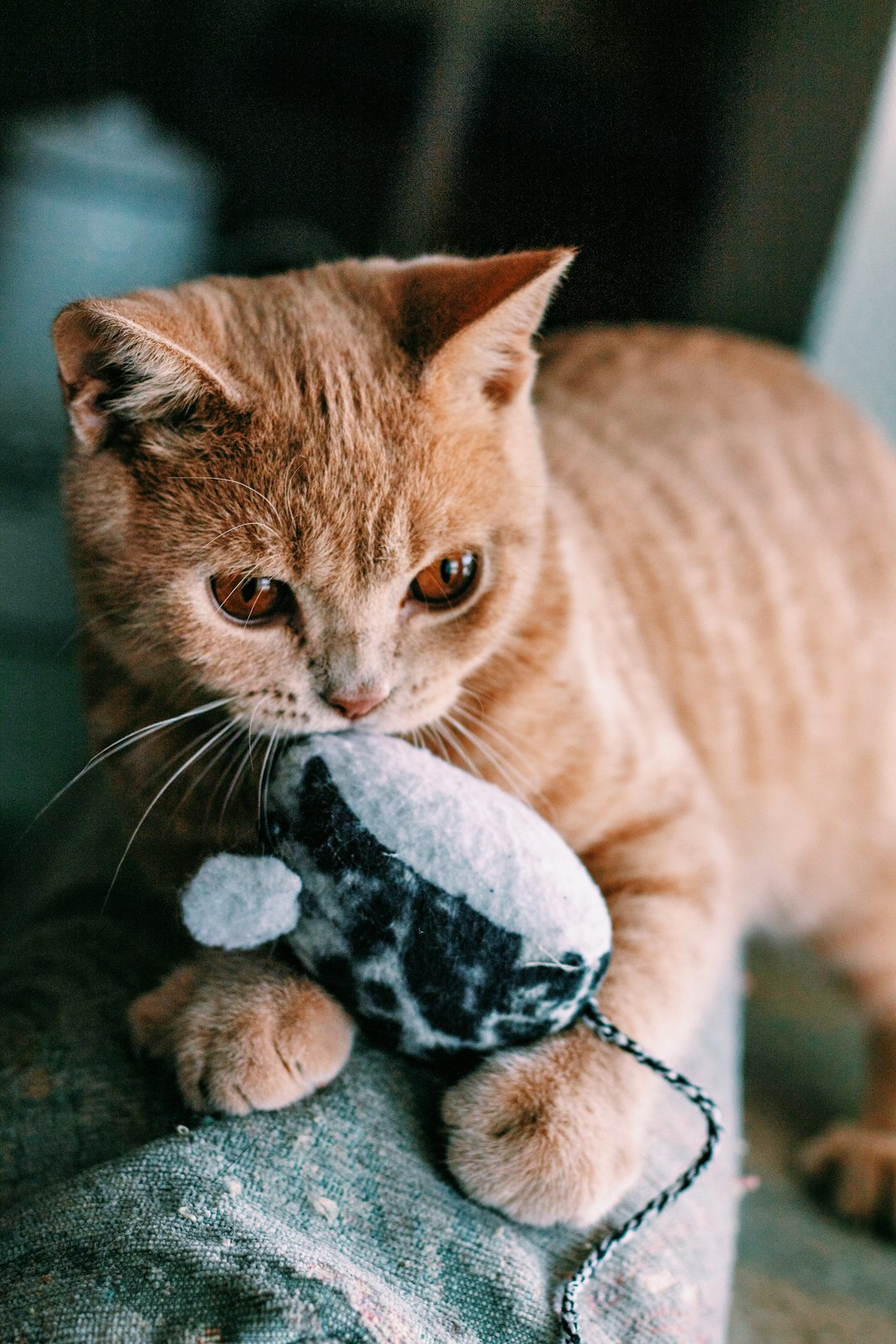
Conclusion: Silvervine as an Enriching Experience for Your Pet
In conclusion, silvervine serves as an exciting and enriching alternative to traditional catnip, providing various benefits for your feline friends. Offering unique experiences through its active compounds, silvervine can stimulate a range of playful behaviors and help reduce stress and anxiety in cats.
Key benefits of silvervine include:
- Enhanced playfulness: Cats typically display increased energy and enthusiasm when interacting with silvervine.
- Variety of forms: Available as powder, sticks, or toys, silvervine’s versatility caters to all cats’ preferences.
- Greater appeal: Many cats that don’t react to catnip may find silvervine irresistible
By incorporating silvervine into your cat’s routine, you enrich their environment and foster mental and physical well-being. Remember to observe your cat’s reactions, as every pet is unique. Whether as a supplement to their playtime or a soothing treat, silvervine can significantly enhance your cat’s quality of life, making it a wonderful addition to any pet owner’s toolkit. In essence, silvervine not only entertains but also strengthens the bond between you and your furry companion.
Frequently Asked Questions
What is silvervine and how does it differ from catnip?
Silvervine, also known as Actinidia polygama, is a plant native to Asia and is considered a wonderful alternative to catnip for stimulating playfulness in cats. While catnip contains a compound called nepetalactone that affects around 70-80% of cats, silvervine contains two primary compounds—actinidine and dihydroactinidiolide. These compounds can affect cats that are not responsive to catnip, offering an exciting and invigorating experience. Additionally, silvervine often elicits stronger reactions from cats, including rolling, purring, and playful behavior.
Is silvervine safe for cats?
Yes, silvervine is generally safe for cats when used in moderation. Unlike some herbs and plants, silvervine has no reported toxic effects on felines. However, it is essential to observe your cat’s behavior the first time they interact with silvervine. Some cats may become overly stimulated or agitated, so it’s advisable to supervise their playtime. If your cat shows signs of distress or discomfort, discontinue use and consult a vet if necessary.
How can I introduce silvervine to my cat?
Introducing silvervine to your cat can be a fun experience. Start by offering silvervine in a controlled format, such as silvervine powder sprinkled on a favorite toy or scratching post. You can also provide silvervine sticks, which are an excellent way to engage your cat as they naturally chew and bat at them. Observe your cat’s reaction and encourage playtime by interacting with them during the initial introduction. It’s a good idea to limit the amount of silvervine exposure to a few sessions per week to maintain its effectiveness.
Where can I purchase silvervine products for my cat?
Silvervine products are increasingly popular and can be found at various pet supply stores both online and in physical locations. Many specialty pet shops offer silvervine-infused toys, powders, or sticks designed specifically for feline enjoyment. Additionally, various e-commerce platforms provide a wide selection of silvervine products, often with reviews and ratings from other cat owners, helping you select the right items for your furry friend.

